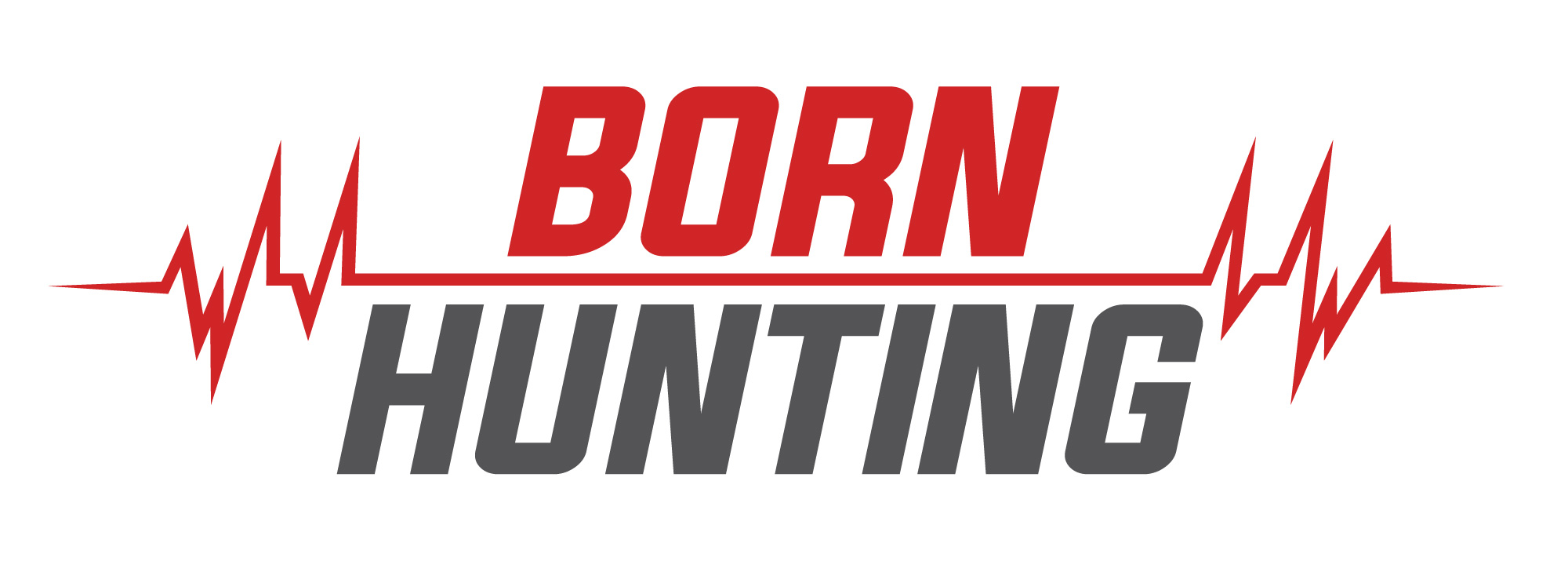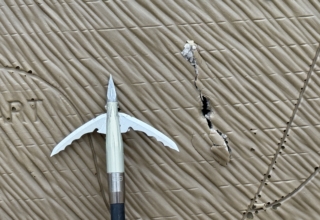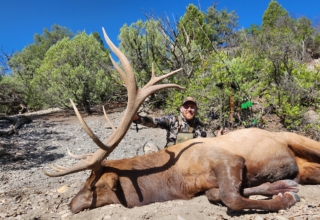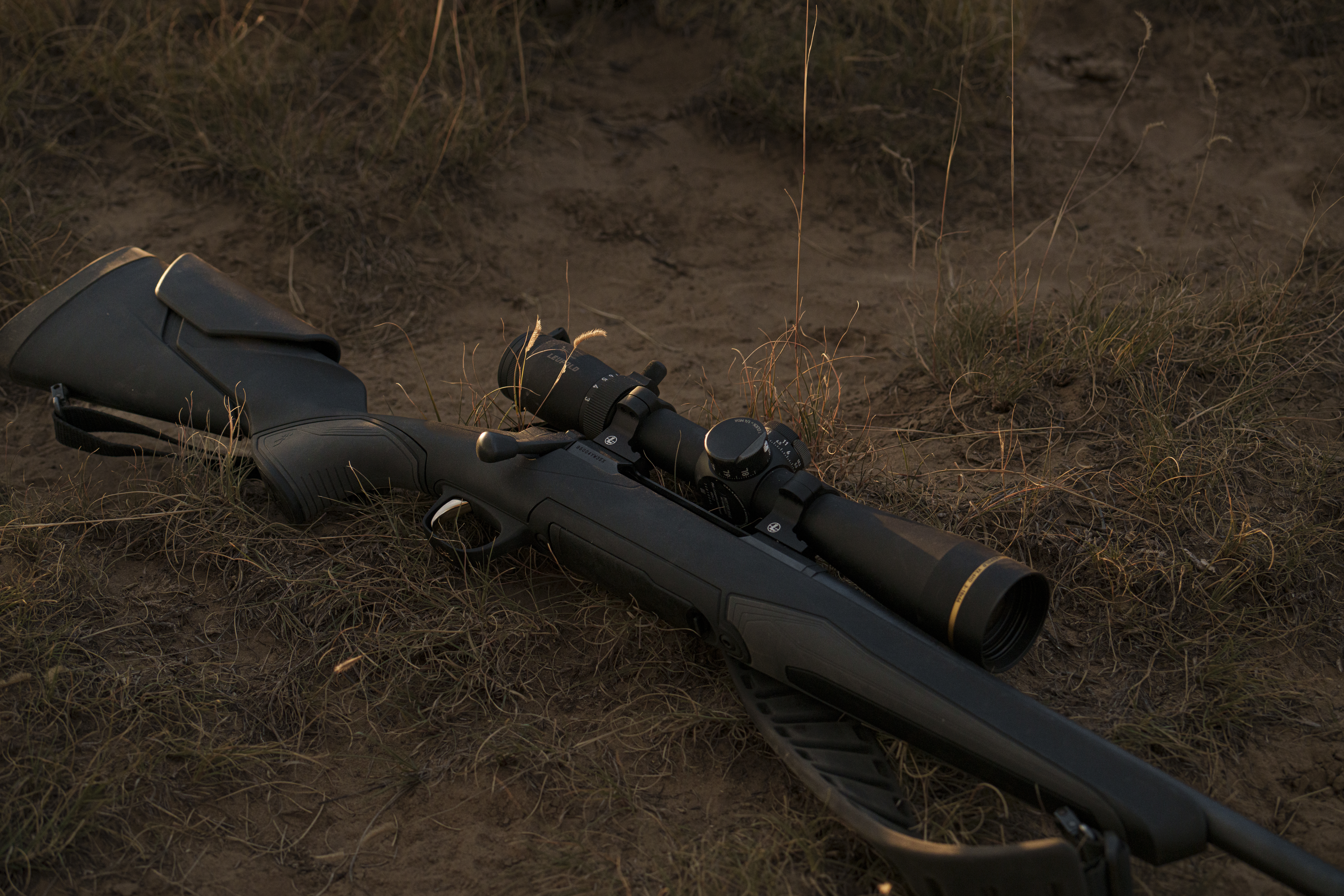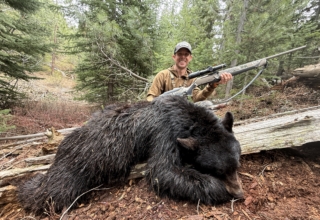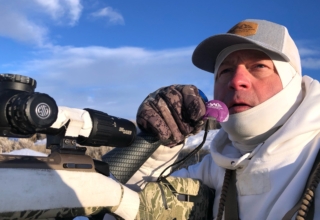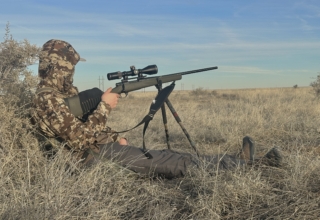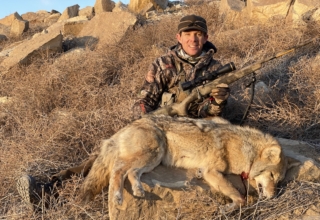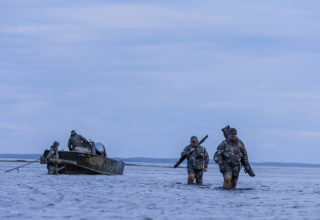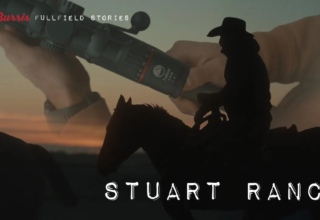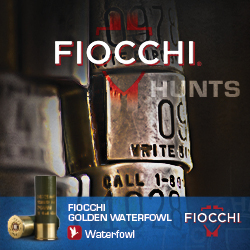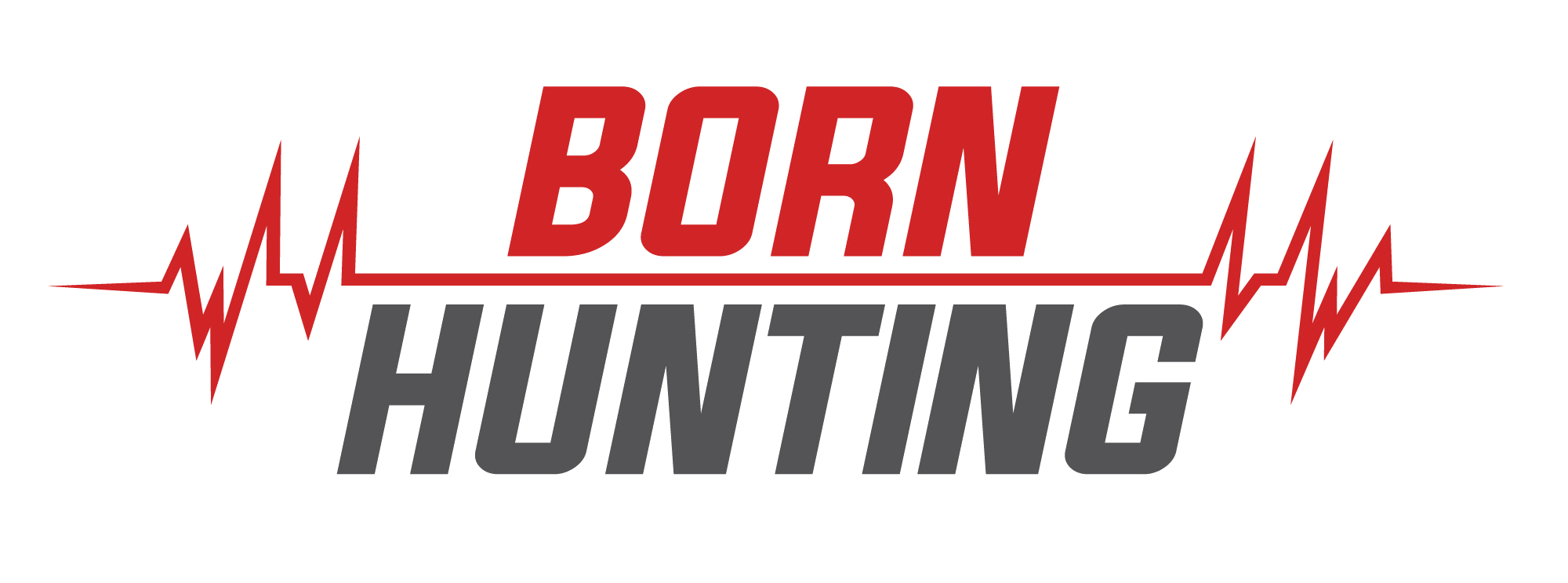Calling for predators is fun. When you do it right, and predators come screaming to your call, the fun meter goes off the chart. Here are seven tips that will help you pop more pelts.
by Jace Bauserman
I love to call critters close, and when those critters have sharp teeth, fur, and claws, my heart tends to beat a little faster. There’s nothing quite like the thrill of watching a coyote, bobcat, fox, etc., come to a dying prey sound. I love it!
The problem is that my big-game hunting schedule limits my predator hunting time. I get out as much as possible between December and February, but it’s never enough. Once the sound of gobbles starts filling the air, I start chasing birds across the country.
I consider myself a serious predator-goer, but like many reading this, my time afield chasing teeth, fur, and claws is limited. For this reason, every stand I make needs to be perfect. The goal is to pop as many pelts as possible, and these seven tips will ensure you do just that.
Predator Entrance & Exit
No, this isn’t a whitetail article. However, the most critical piece to the whitetail-killing puzzle is having excellent entrance and exit routes. The same goes for killing song dogs and other predators.
I do 90 percent of my calling in the sage-sprinkled prairies near my home. The landscape is flat and open, which has forced me to perfect my entrance and exit routes.
Start by pulling up your HuntStand app on your computer or smartphone. Pin the location you plan to call from, and then pin where you’ll park the truck, UTV, etc. Now look at the terrain between where you parked and where you plan to call from. How will you use the wind and terrain features to get from the truck to where you’ll make your stand without tipping your hand?
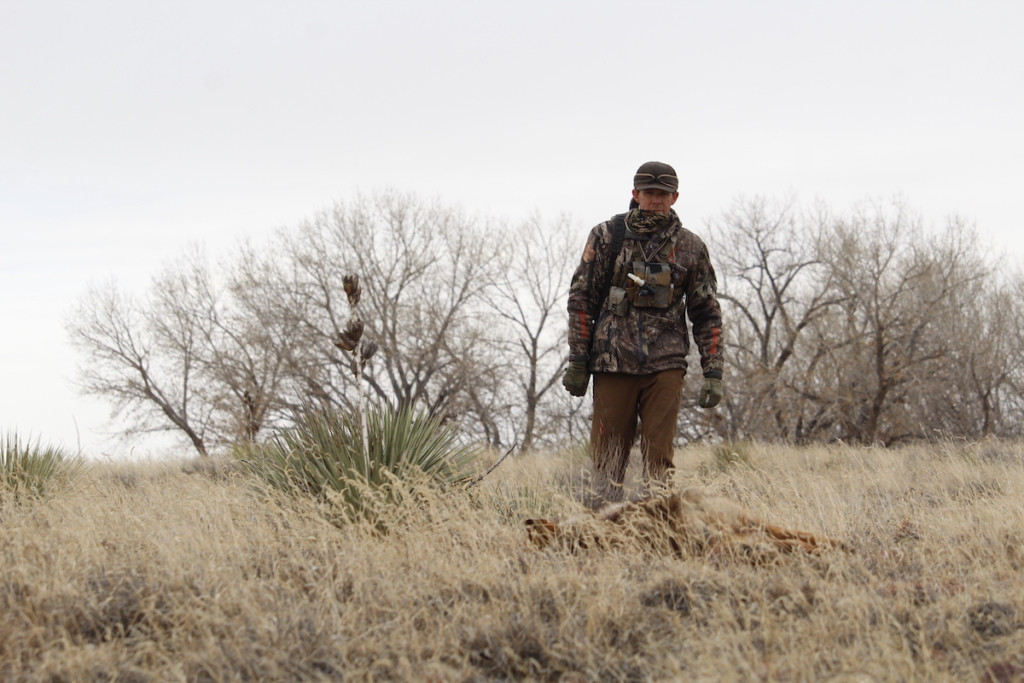
Aside from the obvious: Using cover and keeping the wind in your face, be careful not to silhouette yourself. Go around or sidehill hills and the like, and if you have to move across open ground and are worried you’ll get picked off, pull out Montana Decoy’s Big Red Moo Cow Decoy. This decoy provides you with cover when you need to make risky moves. Another decoy my hunting partners and I use is Ultimate Predator Gear’s Pronghorn Buck or Pronghorn Doe Stalker Decoys. When chasing rutting pronghorn with archery tackle, we love these decoys, but they also work great for coyotes. The decoys collapse down to nothing, deploy quickly, and are easy to hold out in front of you while you trapse across open dirt. Of course, you’d want to purchase a decoy, of which UPG has many, that makes sense for your area.
Lastly, and I do this regularly, is walk a half-mile or more away from where I plan to call to access a dry creek, series of coulees, etc. If you get into my calling area clean, your chances of calling a predator in go way up.
Prey Sounds To Bring Predators Close
We’re on the fringe of howling season but not there yet. Though I still use howls to locate and sometimes call coyotes during this time of year, I rely on prey distress sounds more than anything.
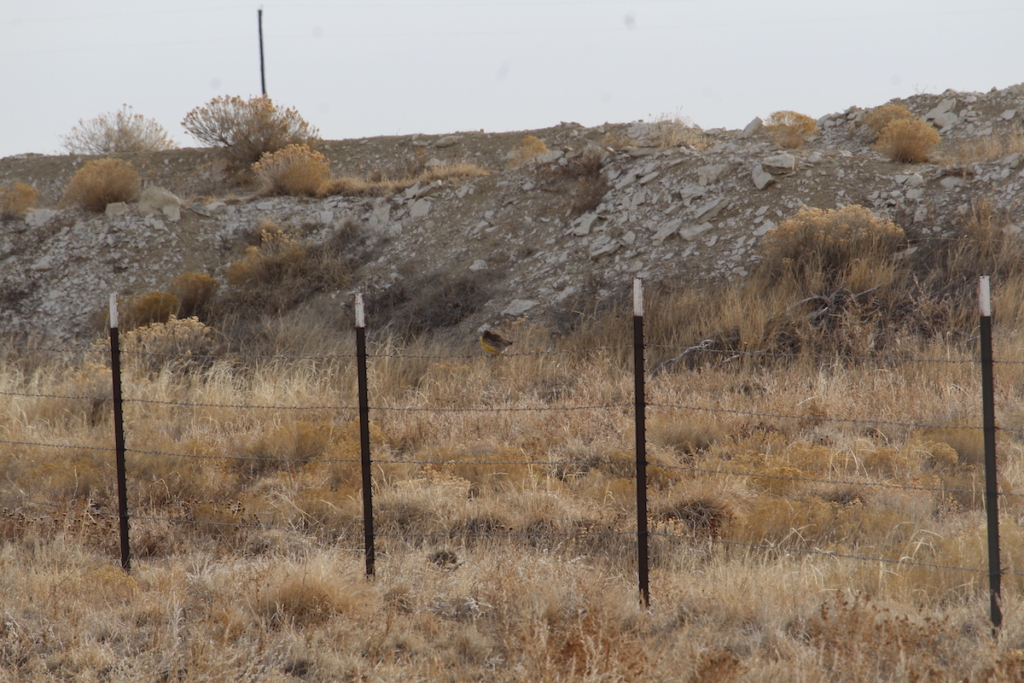
Flyfishermen stress about matching the hatch. They want to imitate the exact bug hatching on the end of their tippet. Predator hunters should follow suit I do a lot of scouting for predators, and while scouting, I pay attention to the prey animals I’m seeing. From meadowlarks to pronghorn to turkeys and more, I desire to find what prey animals are close to where I plan to call.
Predator E-Callers You Want To Use
There are some dirt-cheap e-callers on the market. My advice: Stay away from them. The higher the quality of the e-caller, the better the sound. Plus, manufacturers who create quality callers often have a litany of downloadable prey sounds available. The more sounds available to you, the better your chances of finding a sound that matches the prey animals in your area.
My go-to callers are Lucky Duck’s The Revolt E-Caller, FoxPro’s HellCat Pro and Prowler, and FREQ’s Ultrasonic Game Call.
Shoot Suppressed For Predators
The reasons for screwing a can on the end of your favorite predator rifle are many. The main one is noise reduction. A suppressor protects your ears and boosts your chances of calling in more than one dog on a stand. And because shot noise is greatly reduced, you don’t have to move as far between stands.
When I’m not shooting suppressed, I move at least a mile between stands. This isn’t a lot of fun when you’re walking or using an e-bike. When I have a suppressor on the end of my rifle, I never move more than half a mile between stands.
In addition to calling open country where sound travels, I also hunt cedar-choked canyon country. In the cedars and canyons, sound doesn’t travel as far. When I shoot suppressed, the sound of my e-caller travels much further than the report of my rifle.
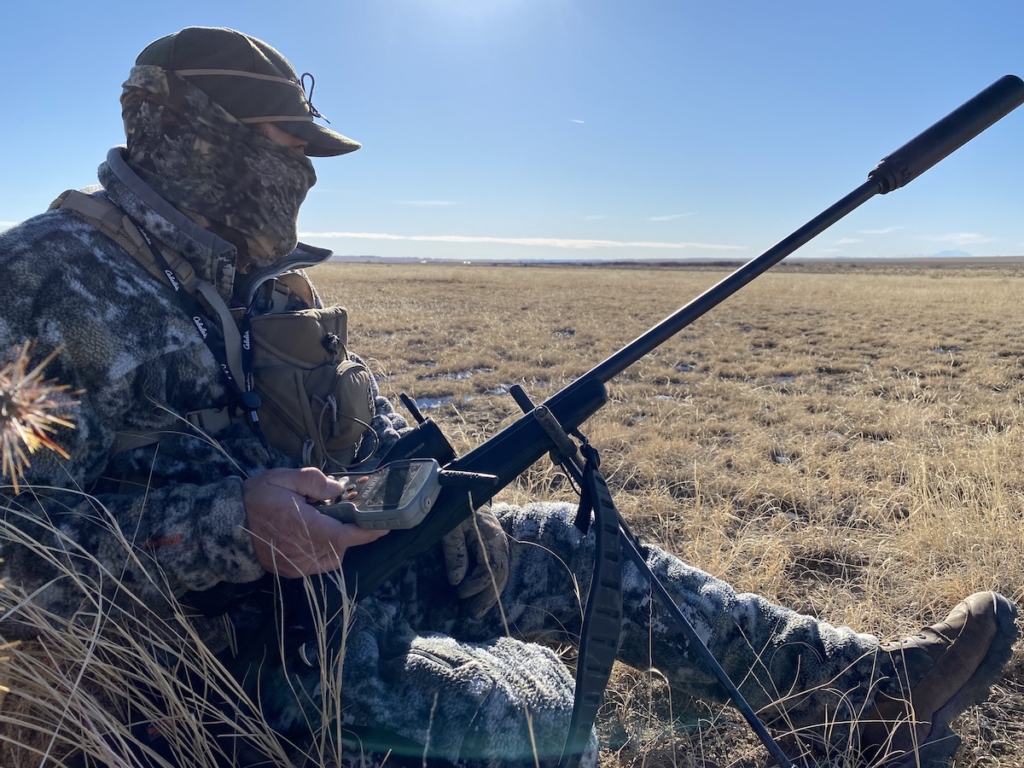
Last season, while calling into the head-end of a canyon mouth surrounded by cedars, I shot a gray fox and a coyote on the same stand. After loading my gear, I walked three hundred yards to the south and made another set. I sat against a small cedar and called toward a dry creek bed littered with tamarisk and dry weeds. Within two minutes of turning on the caller and using a pronghorn in distress sound, I called in a pair of coyotes and dropped both dogs.
5 Excellent Predator Calibers
Howl To Find Predators
I travel to hunt predators from time to time and regularly gain local permission for new farms and ranches. However, other than studying my HuntStand app and pre-marking likely calling locales, I don’t know where coyotes and other predators are.
If you are in this situation, take a play from a savvy elk hunter’s playbook, drive county and two-track roads, and howl long before the sun comes up. You can also howl throughout the day to locate dogs.
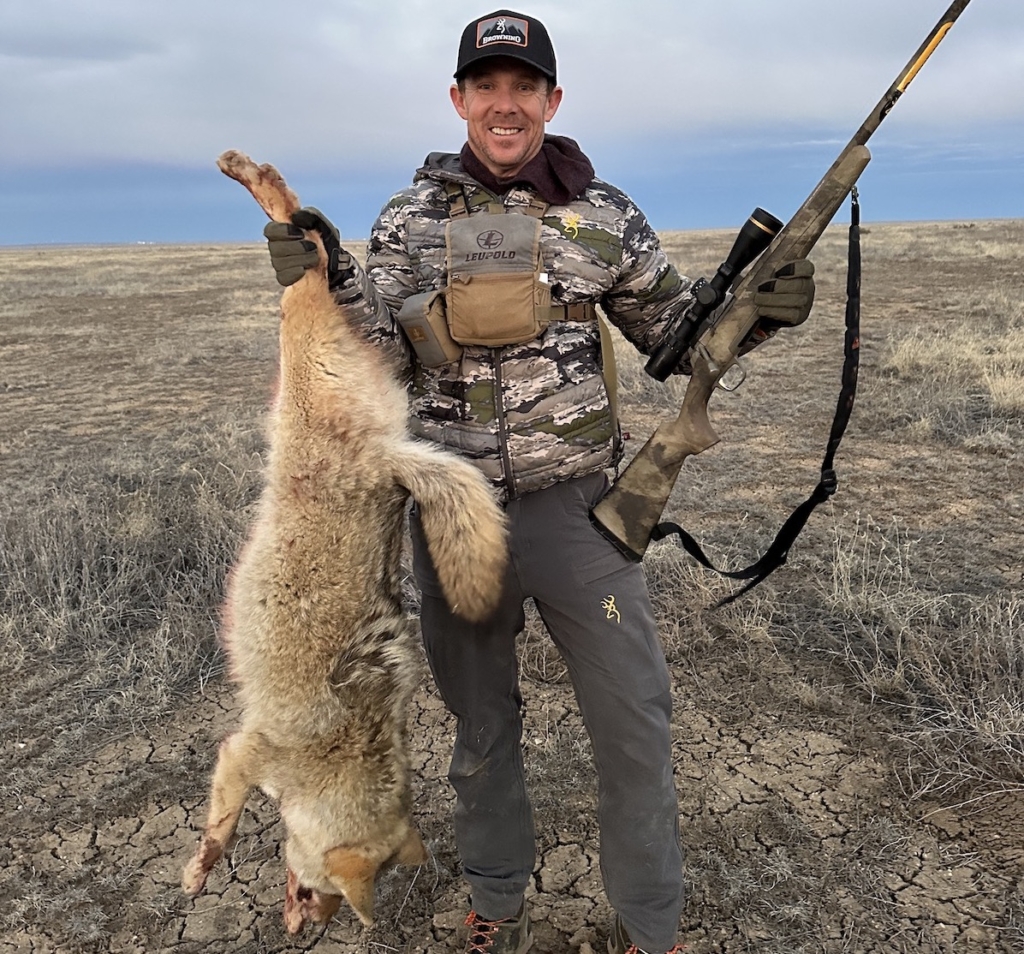
Recently, my son Hunter and I gained access to a massive ranch. We’d never stepped foot on it before. Starting at 4 a.m., we drove as many two-track roads as possible, stopped and howled, dropped a pin, and moved on when we got a response. That day, we killed a lot of coyotes.
Find The Cows For Predators
Not every predator hunter has calling property, public or private, with cattle on it. However, cattle are common across the country, and when you find cattle, you’ll find coyotes.
Why?
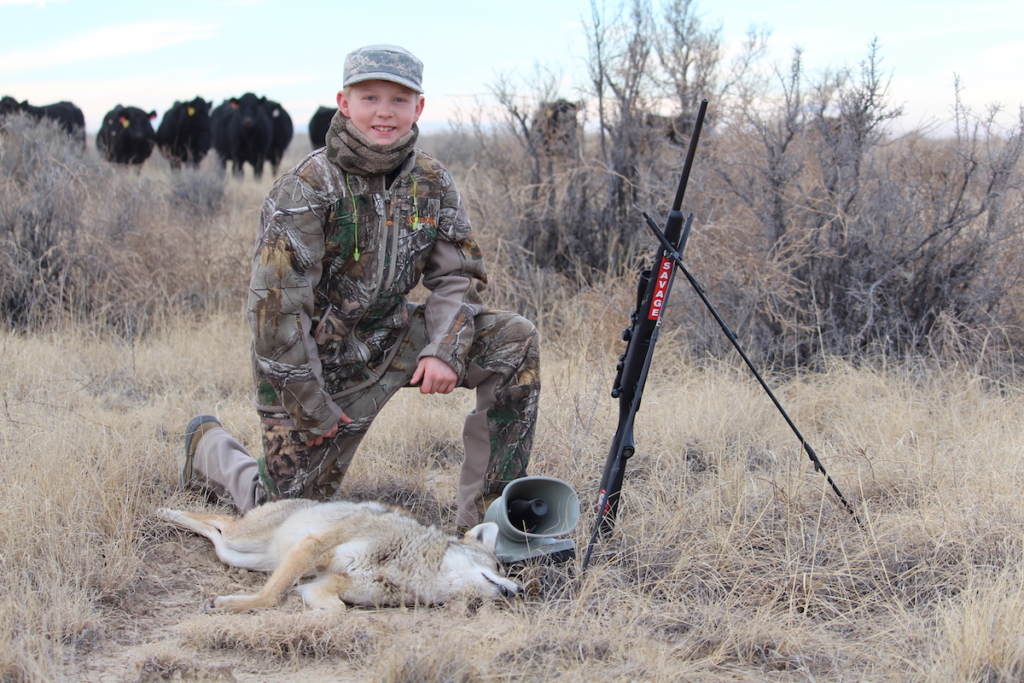
The reasons are many. For starters, cattle die. When a cow or calf dies, coyotes can eat. Second, coyotes love to slurp up the afterbirth when a cow calves. Third, it’s very common for coyotes, like wolves, to hunt in a pack. During calving season, coyotes will work together to distract and separate a mama from its calf, and when they do, they take down the calf. Coyotes know that an easy, big meal may be right around the corner when cattle are around.
How Long To Stay On Stand For Predators
This is a tricky one. Savvy predator hunters reading this may want to tar and feather me for this advice. Remember, though, as with any hunting tip/tactic, it’s about what the hunter has the most consistent success with.
I keep a hunting journal. Over the past three years, 71 percent of my coyotes and other predators came to the call within five minutes of turning the caller on. Twenty-two percent came in the first 10 minutes, and the remaining 7 percent came after the 10-minute mark.
Many predator hunters stay on the stand for under 45 minutes. I’m not one of them. If I don’t see a predator in my binoculars after 15 minutes, I move.
I aim to go into each hunt with as many pre-calling spots as possible plugged into my HuntStand app. This allows me to bounce from spot to spot, cover my ground, and earn more opportunities.
There you have it: seven tips that will increase your fur count. Enjoy!
